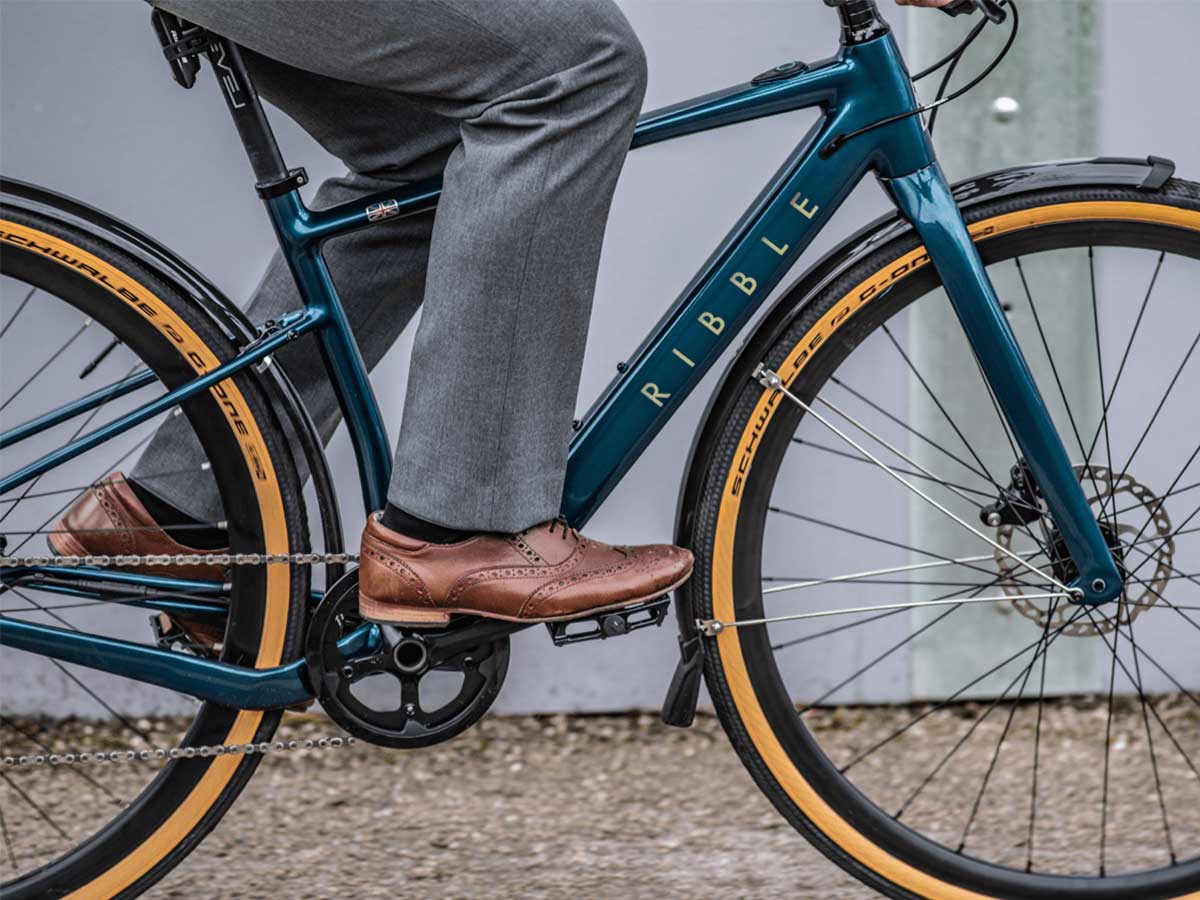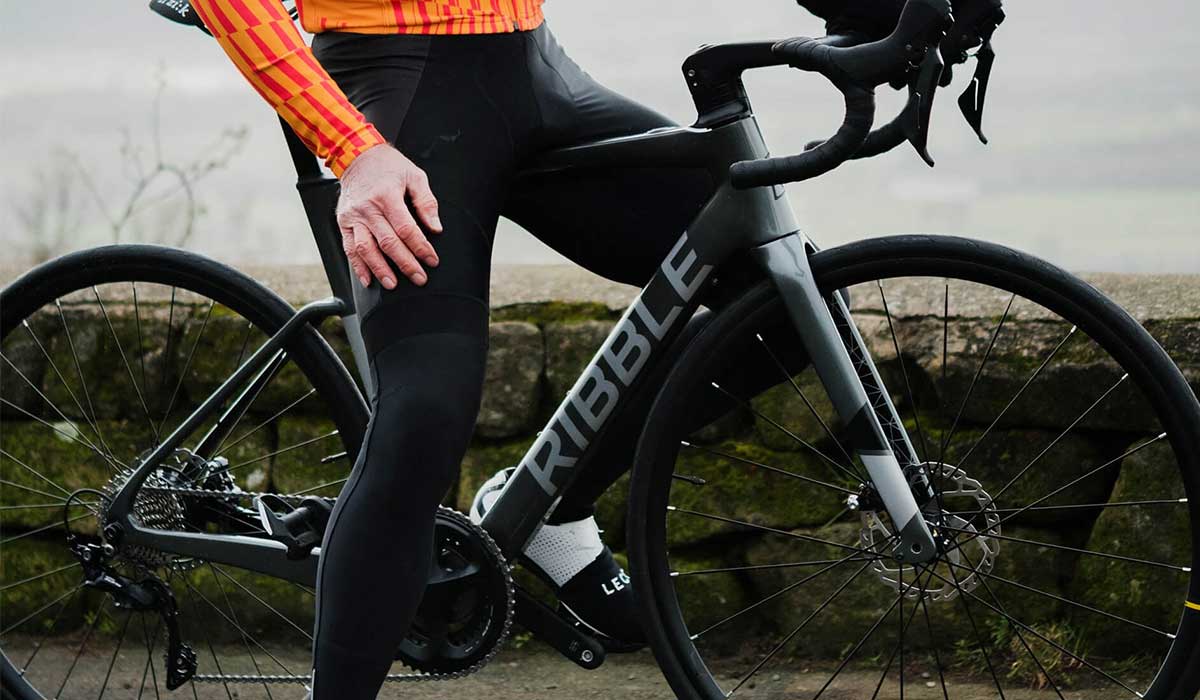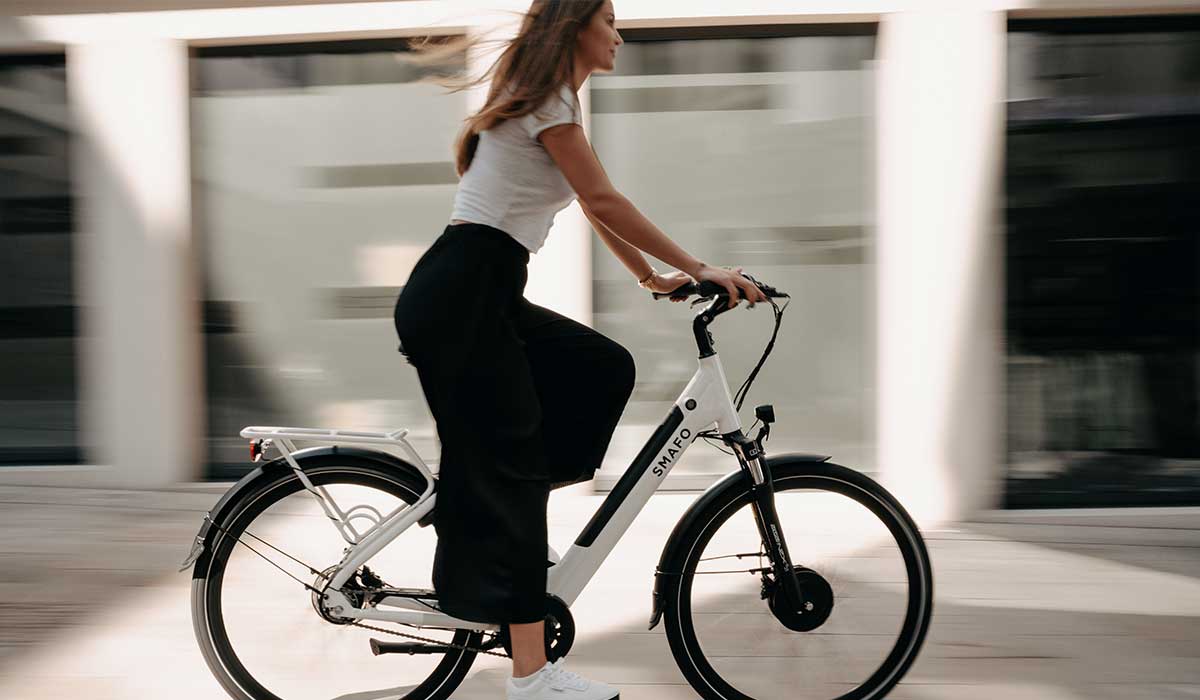
Last updated: January 2023
Over the past couple of years, the e-bike sector has exploded in the UK. They are now a huge part of the cycling landscape and get better year on year. But, what exactly is an electric bike?
Here’s our guide to e-bikes for beginners, including what they are, who rides them and why, as well as how to insure an e-bike.
You may also be interested in:
What makes an e-bike an e-bike?
Electric bikes are designed to give the rider extra power assistance with the motor inside the bike plus your own motor, your legs and lungs, sharing the load. Most e-bikes fall under the "pedal assist" umbrella which means as long as you're pedalling, the motor will aid you. The second you stop turning your legs, the motor cuts out.
The boost the motor provides means you can get up hills quicker, ride longer distances and go faster than you previously thought. A typical e-bike motor can be controlled via a unit on the handlebars and can more than double your power output. They do have speed limits and the motor will cut out if they are exceeded. The look of an e-bike can change depending on the type of bike too.
The types of e-bike

Just like regular bikes, e-bikes come in all shapes and sizes. In their infancy, they were predominantly hybrid bikes but as the sector has grown the variations have to. They are no longer a novelty with most of the world’s biggest brands now offering top-of-the-range performance e-bikes.
As well as the hybrid style, you can now get e-MTBs, e-road bikes, e-cargo bikes and even electric folding bikes. The more advanced they get, the lighter they get too, making them even more versatile and enjoyable to ride.
Riding an e-bike used to be a taboo subject, but they're now becoming accepted. An e-MTB means you can do more downhill runs, an e-roadie can allow you to keep up with your fitter friends, and an e-townbike can replace your car. What's not to like?
Motors and batteries
The motor and battery (as well as your legs) are the engine room of an e-bike. Motors are either located in the mid-section of the bike or as a rear hub unit. Crank motors are the better of the two and are predominantly found on electric road bikes and MTBs, while hub motors are more of a budget option, usually found on the town style hybrid e-bikes.
Batteries are a little more universal – lithium powered units that can be found on the down tube. They’re often detachable, making them easy to charge. There isn't a set battery range as it depends on the level of assist chosen by the rider, the terrain, the rider’s weight and the quality of the bike.
Reasons to ride an e-bike

First and foremost, e-bikes are fun. They make great utility vehicles and are popular amongst commuters who need to get to work quickly without the hassle (and sweat!) that riding to work on a standard bike can bring. E-bikes are extremely versatile and can be applied to almost any discipline or terrain, regardless of fitness.
Maybe the most pertinent reason to ride one, especially for first time cyclists, is that they’re so much better for the environment than driving a car. The desire for cleaner air has been thrust into the limelight, so if more people choose e-bikes over cars, our towns and cities will become healthier places to live.
Are there e-bike laws?
Although you don’t need a license to ride an e-bike, there are still some government regulations you need to be aware of. In England, Scotland and Wales there are certain requirements that must be met, including:
- Riders must be over the age of 14.
- There must be pedals to propel the bike.
- The maximum power output must not exceed 250 watts.
- The electric motor cannot assist pedalling over 15.5 mph.
- The bike must display either the power output or the manufacturer of the motor.
- The bike must display the battery’s voltage or the maximum speed of the bike.
If you are purchasing an e-bike through a shop or distributor they will have these regulations engrained into them so you shouldn’t worry yourself too much. However, if you’re looking to purchase an e-bike through the internet, especially from overseas, it’s vital your ensure that the bike adheres to the requirements where you’ll be riding it, so you don’t land yourself in hot water.
Do you need insurance?

Although it’s not a legal requirement to have cycle insurance to use an e-bike, many people advise that you do take out a policy so that both you and your bike are covered, especially in cases of accidental damage, injury or theft. As well as the government regulations, Pedalsure also has specific requirements:
- The bike has to be under 25cc or less than 250 watts.
- The bike must qualify as an ‘electrically assisted pedal cycle’ (EAPC) under current UK law. You can find out more about the requirements here.
With the average e-bike costing around £2000, it’s a good idea to protect both the monetary value of the bike and its daily value to the rider. The “value” of having cycle insurance is something we would recommend: ‘Do cyclists have to have insurance?’.
Our coverage
How much does it cost to insure your bicycle? Ask yourself, how much could it cost if something happens and you’re not insured? The answer is inevitably, “Well, quite a bit”.
Just like our other policies, our comprehensive e-bike insurance protects both you and your e-bike. With insurance from Pedalsure, you’re covered:
- In cases of bike theft and accidental damage. To avoid this, we've got some top tips on how best to lock your e-bike.
- In cases of personal injury.
- During races, events and sportives.
- Personal liability – when you can be perceived as the one at fault for an accident with a pedestrian, for instance.
- Travelling abroad – our travel policies cover your bike in case of theft or accidental damage, and even your travel money and other essentials.
- Accidental damage cover – we cover bikes from £400-£15,000 and even cover up to £1,000 worth of damage to your cycling accessories. This is especially useful with e-bikes.
Electric bikes are making waves in the industry so it’s good to know the ins and outs of riding an e-bike and what it means for your insurance. With Pedalsure, the process of getting a policy for an e-bike is just like taking out any other bike policy. Get started today by following our three quick and easy steps to get a quote.
